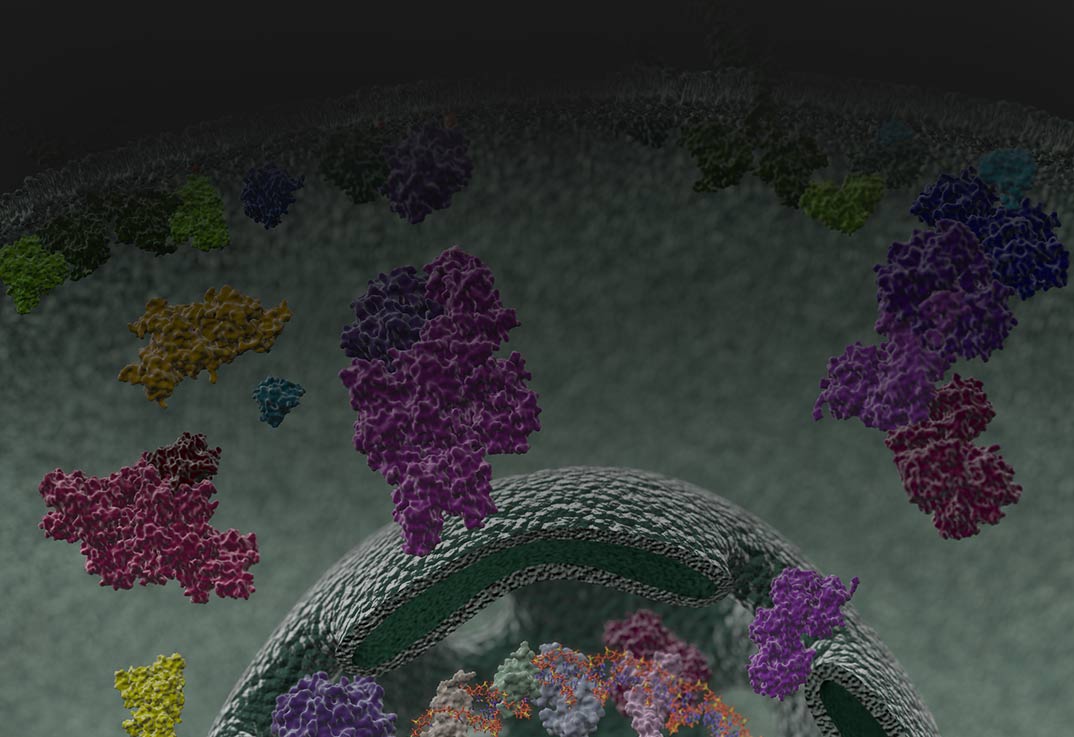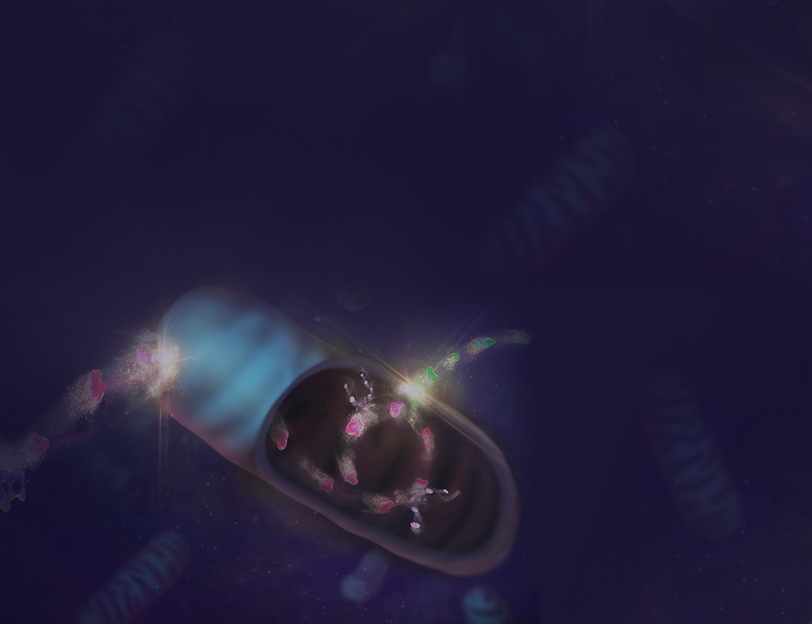Nucleotide and Co-Factor Detection Assays
Nicotinamide adenine dinucleotide (NAD) is an important co-factor for ATP production during oxidative phosphorylation. Nicotinamide adenine dinucleotide phosphate (NADP) is critical to biosynthetic pathways to create macromolecules. Both NAD and NADP provide reducing equivalents through conversion between the oxidized forms (NAD+, NADP+) and the reduced forms (NADH, NADPH).
NAD+ has another role as substrate in ADP ribosylation reactions involved in DNA repair, gene expression, MAPK regulation and Ca2+ signaling.
We offer sensitive bioluminescence-based assays to monitor cellular levels of oxidized, reduced or total NAD or NADPH through a coupled enzymatic reaction. The core reaction can be used to monitor the consumption or production of NADH or NADPH in in vitro and biochemical assays.
When studying metabolism, ATP is a focus. Promega offers the most sensitive add-mix-measure bioluminescent assays for ATP measurement in cell-based assays.
Filter By
Shop all Nucleotide and Co-Factor Detection Assays
Showing 6 of 6 Products
Introduction to Nucleotide and Co-Factor Detection Assays
Nicotinamide adenine dinucleotides are abundant soluble cofactors that undergo reversible oxidation and reduction in major metabolic pathways. They are important in cancer research because, as metabolites, they can tie metabolic pathways to transcriptional control, epigenetics and cell signaling as cells switch from a normal metabolism to a cancer cell (proliferative) metabolism. In cells they are present in oxidized and reduced states as their unphosphorylated (NAD and NADH) and phosphorylated (NADP and NADPH) forms. These dinucleotides work in pairs, and each pair has distinct functions.
NAD and NADH are key co-factors in energy metabolism. In resting cells, the ratio of NAD+/NADH is skewed toward more NAD+. Proliferating cells tend to have an excess of NADH. NADH is generated during substrate level phosphorylation in the glycolytic pathway and provides reducing equivalents to ATP production during oxidative phosphorylation.
NAD is mostly known for its role in energy metabolism but is also used by enzymes like poly ADP-ribose polymerase (PARP) and sirtuins that perform ADP ribosylation reactions. An active area of research is the de-novo synthesis of NAD from byproducts of ADP ribosylation reactions.
NADP and NADPH are most notable for providing reducing equivalents for biosynthetic reactions and regeneration two GSH molecules from GSSG. NADP and NADPH are a challenge to measure as this pair is 10-fold less abundant than the NAD and NADH pair. The role in regenerating GSH is critical for controlling ROS levels generated by oxidative phosphorylation.
Because of the diverse roles that the nicotinamide adenine dinucleotides play in cellular regulation, gene expression and disease, biologists are now looking at these molecules as indicators of drug mechanism of action or treatment toxicities and in drug discovery research.
Researchers benefit from assays to monitor the levels of these nucleotides and co-factors in sensitive bioluminescent assays that are amenable to high throughput screening formats. Alternative assay formats include less sensitive colorimetric or fluorometric plate reader-based assays, which require additional sample processing. Analytical chemistry techniques such as mass spectrometry may also be used to monitor co-factor levels.



